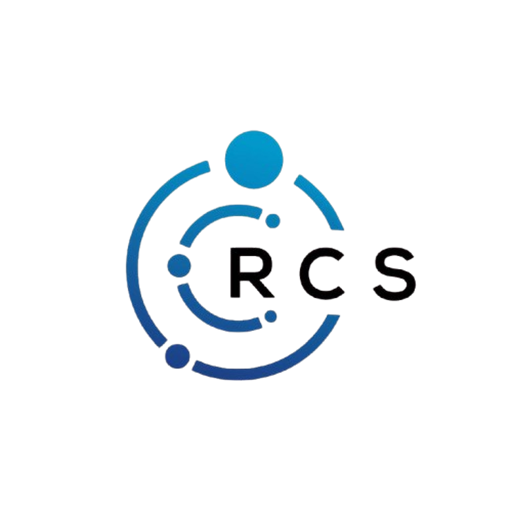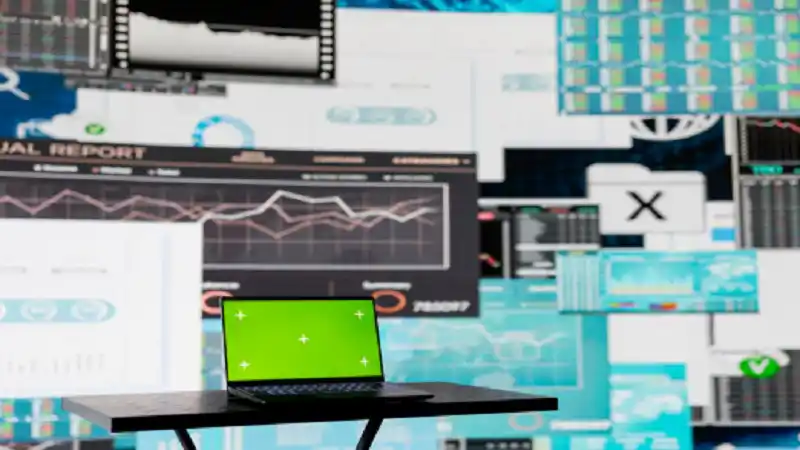In today’s fast-paced digital era, software management has become a critical part of organizational success. From open-source components to proprietary systems, companies rely on thousands of software tools for daily operations. Each piece of software comes with its own license, rules, and compliance requirements. Mismanaging these licenses can lead to legal risks, financial penalties, or even reputational damage.
This is where specialized auditing systems come in. One of the modern approaches is associated with doge software licenses audit hud, a concept that blends transparency, license compliance, and simplified monitoring into one streamlined system. The purpose of this article is to provide a complete guide and explanation of software license audits, how HUD-style systems help, and why businesses must prioritize compliance and audit readiness.
Understanding Software Licensing
What Is a Software License?
A software license is a legal contract that defines how a user or organization can use a specific program. Licenses establish boundaries, such as:
-
Usage rights (personal vs. commercial use).
-
Number of installations (single device, multiple devices, or enterprise-wide).
-
Access limitations (user limits, time-restricted trials, etc.).
-
Modification permissions (can you alter or redistribute the code?).
The most common types of software licenses include:
-
Proprietary Licenses – Software owned by a company, requiring paid use. Examples: Microsoft Office, Adobe Creative Cloud.
-
Open Source Licenses – Software distributed freely but often requiring compliance with sharing or modification rules. Examples: MIT License, GPL, Apache 2.0.
-
Subscription Models – Cloud-based or SaaS tools where licenses are tied to recurring payments. Examples: Slack, Zoom.
-
Perpetual Licenses – One-time purchase licenses, common in older software models.
Misinterpreting or ignoring license agreements may seem harmless, but in reality, it exposes businesses to lawsuits and fines.
What Is a Software License Audit?
A software license audit is a systematic review conducted to ensure that an organization is compliant with licensing agreements. It verifies that:
-
The company is not overusing software beyond what they paid for.
-
All programs have valid and up-to-date licenses.
-
Open-source components are used in accordance with their terms.
-
Unauthorized or pirated software is not installed.
Why Do Audits Happen?
Audits can be internal (conducted by the company’s IT or compliance team) or external (initiated by software vendors like Oracle, Microsoft, or IBM). Vendors typically audit organizations to:
-
Prevent piracy.
-
Ensure fair revenue collection.
-
Protect intellectual property.
Non-compliance uncovered during audits can lead to massive financial penalties. For instance, businesses caught using unlicensed software often have to pay damages far exceeding the cost of legitimate licenses.
The Role of HUD (Heads-Up Display) in Auditing
The term HUD (Heads-Up Display) originates from aviation and gaming, where real-time information is displayed transparently without distracting from primary tasks. In the context of software license auditing, HUD-style dashboards are now used to:
-
Provide instant visibility into license usage.
-
Highlight non-compliant applications in real time.
-
Track expiration dates and renewal alerts.
-
Offer graphical reports for managers and compliance officers.
This method transforms auditing from a time-consuming manual task into a streamlined, automated process. By combining data visualization with license monitoring, businesses can avoid last-minute surprises during external audits.
The Concept of Doge Software Licenses Audit HUD
The phrase doge software licenses audit hud refers to a specialized approach that combines modern monitoring dashboards with auditing principles. The name suggests an emphasis on simplicity, transparency, and community-driven compliance (similar to how Dogecoin’s brand emphasizes accessibility and community trust).
Key aspects of this concept include:
-
Centralized Dashboard – A single view where all software licenses are monitored.
-
Automated Compliance Checks – AI-driven systems that flag potential risks.
-
Real-Time Alerts – Notifications for expiring licenses or unauthorized software installations.
-
Customizable Reporting – Businesses can generate reports tailored to vendors, departments, or executives.
Instead of waiting for an external audit to highlight risks, organizations can maintain compliance proactively.
Why Businesses Need License Audit Systems
1. Avoid Legal and Financial Risks
Improper licensing can lead to lawsuits, regulatory fines, and contract disputes. A HUD-based system provides early warnings to prevent violations.
2. Cost Optimization
Audits often uncover unused licenses that companies are still paying for. Tracking tools help identify waste and reallocate resources.
3. Improved Security
Unauthorized or pirated software may contain malware. A license audit ensures only approved software is in use.
4. Vendor Relationship Management
Transparent audits demonstrate compliance, helping businesses maintain trust with vendors.
5. Regulatory Compliance
In industries like healthcare, finance, and government, software compliance is a mandatory legal requirement.
Step-by-Step Guide to Conducting a Software License Audit
Conducting an effective audit requires a structured process. Below is a detailed step-by-step guide:
Step 1: Establish Scope
Define which systems, departments, and software assets are included in the audit.
Step 2: Collect Inventory Data
Gather data using automated tools that scan devices and list installed applications.
Step 3: Match Licenses to Inventory
Compare the collected software with the purchased license documentation.
Step 4: Identify Non-Compliance
Flag discrepancies such as:
-
Over-deployment of licenses.
-
Expired subscriptions.
-
Unauthorized software installations.
Step 5: Generate Reports
Create reports for internal review and vendor communication.
Step 6: Resolve Issues
Purchase missing licenses, remove unapproved software, or renegotiate contracts.
Step 7: Implement HUD Monitoring
Integrate a real-time dashboard to prevent recurrence of compliance issues.
Best Practices for Software License Management
-
Maintain a Central Repository – Store all license agreements and receipts in a secure, centralized location.
-
Use Automation Tools – Manual tracking is inefficient; specialized software should manage compliance.
-
Schedule Regular Internal Audits – Conduct quarterly reviews before vendors enforce external audits.
-
Educate Employees – Ensure staff understand the importance of software compliance.
-
Align with IT Asset Management (ITAM) – Integrate license auditing into broader IT asset tracking.
-
Monitor Cloud Subscriptions – With SaaS adoption rising, organizations must track cloud licenses separately.
-
Leverage AI and HUD Systems – Predict license needs based on usage patterns and automate renewals.
Common Challenges in License Auditing
Even with modern tools, organizations often face challenges, such as:
-
Shadow IT – Employees installing unapproved software without informing IT departments.
-
Complex Licensing Models – Some vendors (e.g., Oracle) use extremely complex terms that are difficult to interpret.
-
Rapidly Changing Environments – Cloud-native applications and hybrid deployments complicate audits.
-
Resource Constraints – Small businesses may lack the dedicated compliance teams needed for audits.
Overcoming these challenges requires both technology and policy-driven strategies.
Future of License Auditing
The future of auditing is moving toward AI-driven compliance and blockchain-based license verification. Key trends include:
-
Predictive Compliance – AI will predict non-compliance before it occurs.
-
Smart Contracts – Blockchain may allow self-executing software licenses.
-
Unified Dashboards – HUD-style systems will become standard across industries.
-
Integration with Cybersecurity – License audits will merge with security frameworks to detect risks earlier.
Case Study Example
Consider a mid-sized financial services company:
-
They had over 500 employees and were using 200+ software applications.
-
During a vendor audit, it was discovered that 20% of their installations were unlicensed.
-
The company faced potential penalties exceeding $250,000.
After implementing a HUD-based license management system, they achieved:
-
100% compliance within six months.
-
15% cost savings from removing unused licenses.
-
Stronger relationships with vendors.
This real-world case illustrates how proactive auditing prevents financial and reputational loss.
Conclusion
Software licenses are more than legal documents; they are the foundation of responsible digital operations. With increasing reliance on digital tools, organizations cannot afford to ignore compliance risks.
A structured, technology-driven approach, such as doge software licenses audit hud provides a roadmap for businesses to stay compliant, avoid legal pitfalls, and optimize costs. By using centralized dashboards, automated alerts, and AI-powered monitoring, companies can transform auditing from a burden into a competitive advantage.
In short, auditing is not just about passing vendor checks—it is about building trust, ensuring efficiency, and protecting organizational integrity in the digital economy. See more

